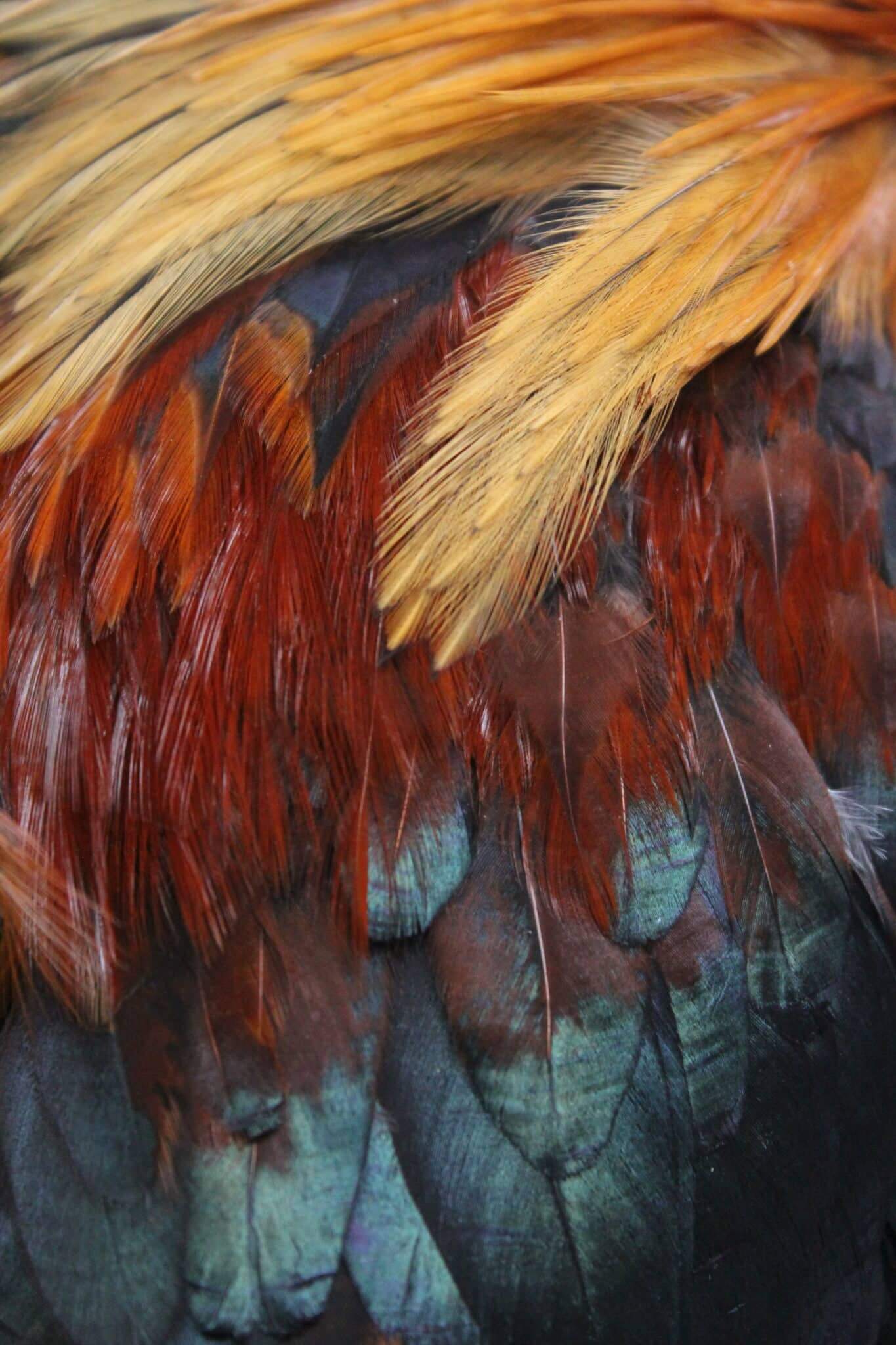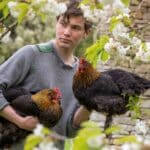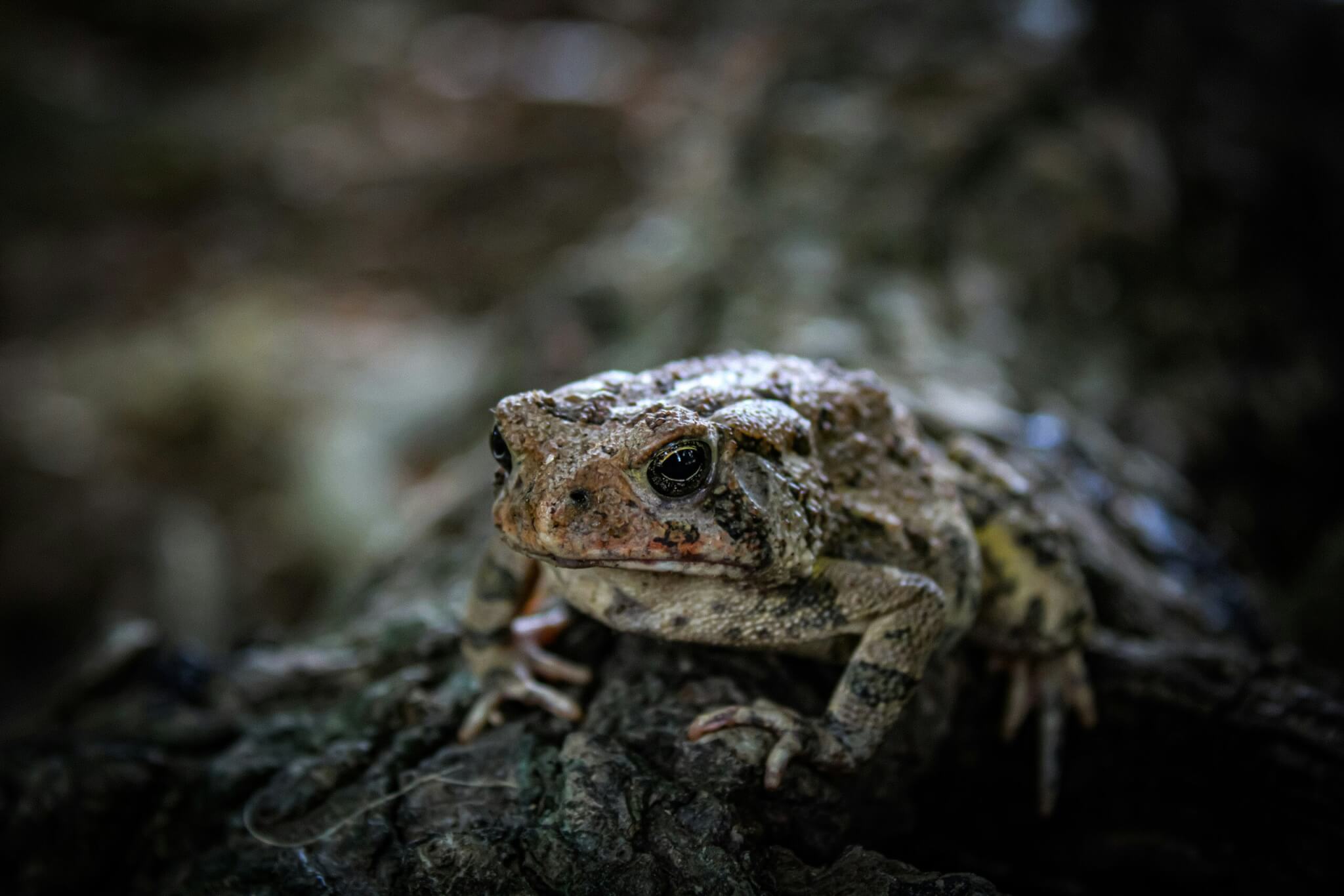Each week Mum, me and Lyndon would do our weekly shopping at Safeway. Looking back, it was quite a small supermarket compared to the soulless mega-superstores that then landed like giant spacecraft on our town’s edges, lifting shoppers away from the once bustling high streets.
Little Lyndon was keen to ride his peddle tractor and trailer everywhere, and so the trailer would be used to help carry home our shopping. We would walk to the supermarket with Lyndon proudly and seriously peddling along, then parking his sturdy tractor with its vital trailer outside the entrance.
Here the security guard would always give me a stern and disapproving look. He knew me as a grubby little snot-nosed creature who he’d caught several times sticking Compassion in World Farming stickers onto £3 roasting chickens.
I’d inspect all the fresh chickens for hock burn marks every time we went shopping. These black and brown scabs on the birds’ leg joints, or hocks, are caused because the heavyweight meat birds (known as broiler birds, as opposed to the egg-laying hens) are reared on a tight five to seven week programme from hatching to reaching slaughter weight.
Their legs may not keep up with their fattening bodies and if the shed floor isn’t covered over with fresh shavings, they can sit out some of their short lives literally in their own waste. The acidic manure burns the birds’ legs; these marks are tattooed souvenirs of suffering. These days hock burns can be hidden when the legs are cut off before sale and the rest sold. To this day I’m still addicted to fresh chicken inspections.
Eventually mum would drag me out of the fresh meat section, and we would trudge out, laden with our weekly shopping, back to Lyndon’s little tractor and make our way back home.
Incredibly, all the breeds of chickens known today have been bred from a small, pheasant-like red fowl; despite the array of chicken looks and sizes, they are all genetically the same species. From this jungle fowl, we have domesticated chickens throughout our history to this fragile moment of being on this earth.
I am glad that, away from the factory farm, there are many absolutely stunning and real breeds that we can keep in garden and smallholding settings. Here chickens can be chickens: regal, elegant creatures, freely strutting as if they are on a catwalk.
All of today’s pure and rare breed animals represent a time when the pace of life was less fast than it is now. They each fulfilled certain needs rather than the one-type fits-all modern-day breeds.
Across countries, and within counties, there was a rich, genetically diverse range of chickens, all bred for different shapes, looks and personalities. Their lives were controlled by us, but they followed nature’s dictatorship of seasonal breeding, with natural light levels controlling their hormones.
The old breeds were still productive, and they were also more robust and independent than the newer breeds of today. They still had a lot of their jungle fowl instincts, and their physiques allowed them to thrive and be healthy, kept freely outside and with no need for antibiotics.
The breeds were named after the places and people who bred them. Modern broiler chickens don’t have names, they have strain numbers: dead, empty, sad names that sound like the birds could be dishwashers.
Chicken Boy: My life with hens by Arthur Parkinson (£22, Particular Books) is out on 6 April.














0 Comments